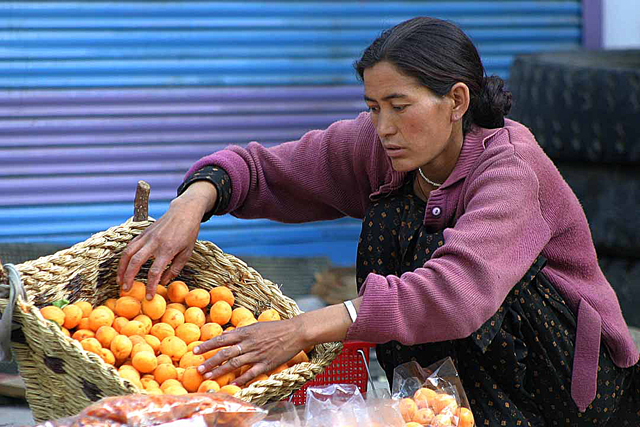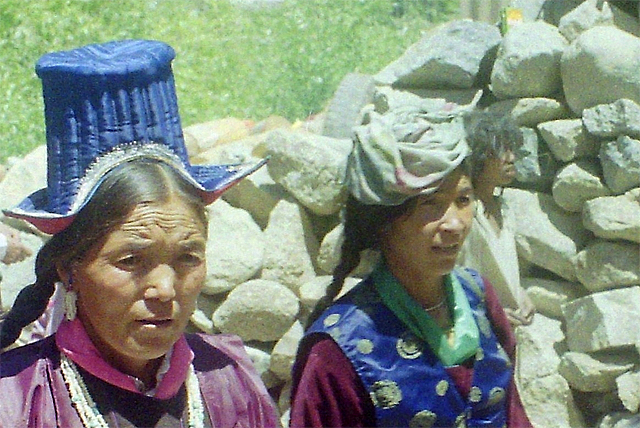Although Ladakh is roughly half Muslim and half Buddhist, the Ladakhis are becoming less tolerant about interfaith marriages, according to an article last week in the VOA News. Marriages between members of the two groups used to be accepted but they no longer are.

The article, written by journalist Krithika Varagur, blames the steadily increasing hostile feelings primarily on the Ladakh Buddhist Association (LBA), the rhetoric from which is similar to that from hard-line Buddhists in Myanmar and Sri Lanka. Ms. Varagur was told by a Buddhist woman named Rinchen how LBA members, including a monk, hassled her and the man she was dating a few years ago. They went out for a picnic on a nice day but they were trailed by the LBA, who “harassed us and then called my parents,” she said. “It’s crazy for women here!” she emphasized.
Rinchen told the author that the LBA carries their campaign a step farther. They encourage every Buddhist woman to keep having babies and they actively discourage any family planning. They fear that the Muslims in Ladakh will out-populate them.

She described the religious service at a monastery complex in Leh, where she was subject to rabidly pro-population sentiments. A monk was arguing against contraception—for Buddhist women—and encouraging them instead to have five or six children. The LBA fears an explosion of Muslims, which in the long run would tip the population balance away from them. Rinchen added that it is incredibly difficult today for Buddhist women in Ladakh to get abortions.
In fact, Varagur wrote, the population balance is already changing. She wrote that the demographics of the Leh District, which use to be 85 percent Buddhist have shifted over the past 30 years to the point where the district is now only 66 percent Buddhist. This demographic change has fueled the siege mentality of the LBA.

Not all Ladakhi women are alarmed. Syada Bano, a Muslim shopkeeper in Leh, was not bothered by the furor last year over the LBA and its opposition to a mixed marriage. She felt the issue was overblown. The 65 year old woman, born a Buddhist, converted to Islam at age 16 and married a Muslim social workers. She has had three children and, in her terms, a “wonderful life.” She added that she was not forced to convert and she does not think young Buddhist women are today either. The LBA is simply becoming more intolerant, she maintained.
However, P.T. Kungang, the vice-president of the LBA, disagreed, arguing that the interfaith marriages are the primary cause of communal tensions in Ladakh. Muslim leaders in Ladakh likewise argue that interfaith marriages are undesirable. But, the journalist wrote, while the interfaith marriages don’t break any laws, the agitation against “the other” has had a growing effect on popular opinion. In addition to women having increasing difficulties getting abortions, inter-communal hostilities are slowly taking hold. People are becoming reluctant to patronize businesses run by individuals from the other faith.
Rinchen told Varagur how she was looking for a place to eat with a colleague but the other lady refused to enter a Muslim-owned tea shop. Rinchen described her colleague as a very well educated woman. She told Ms. Varagur how she was “shocked that the LBA message had penetrated so far.” Rinchen said that she feared those kinds of attitudes might grow worse.